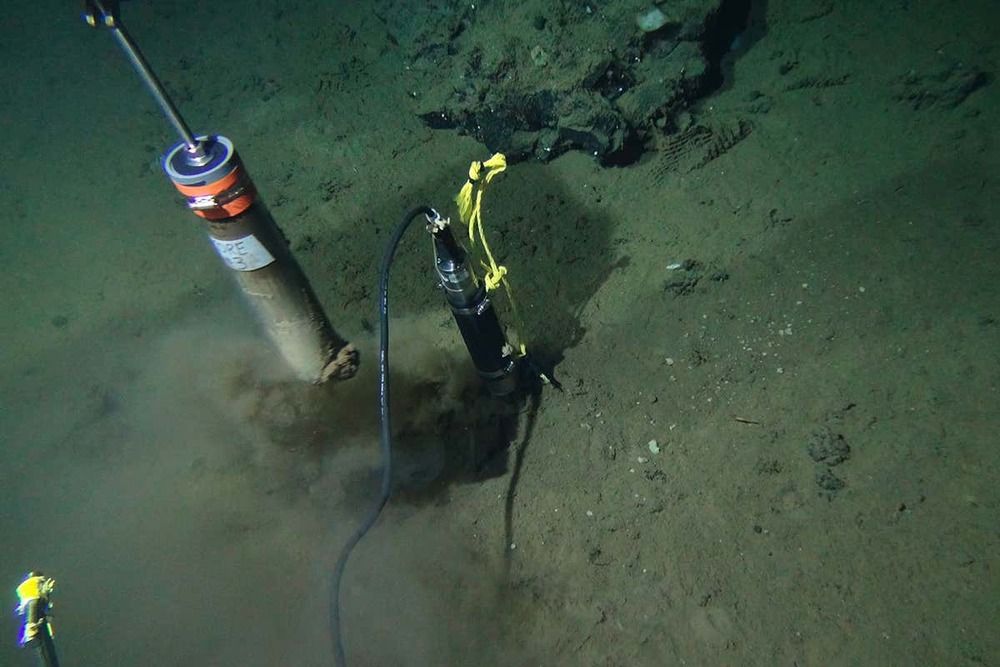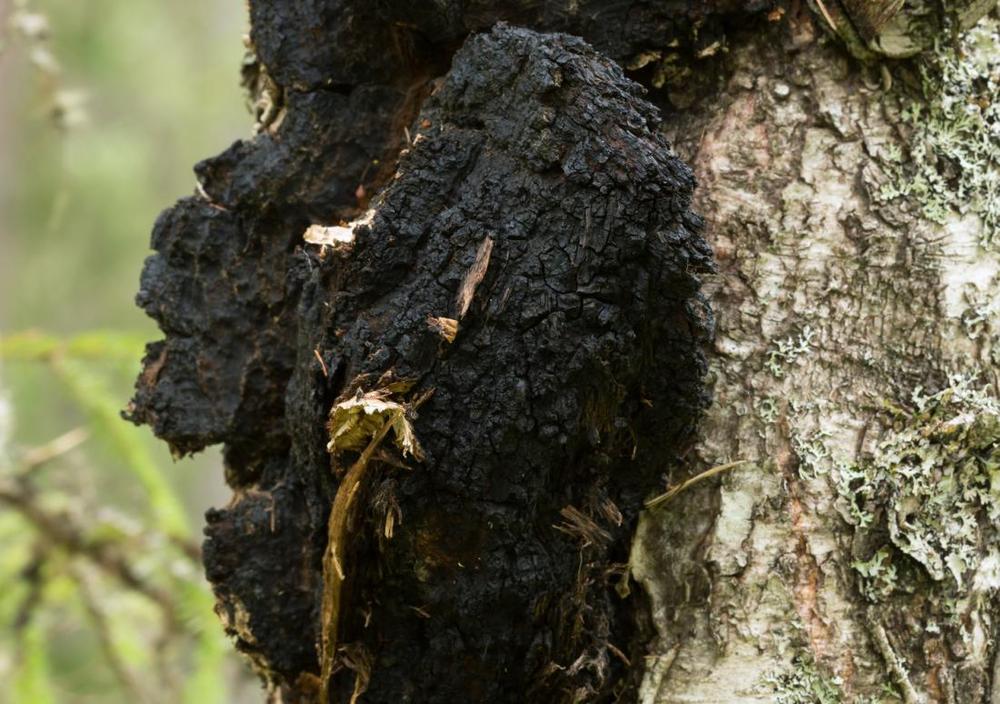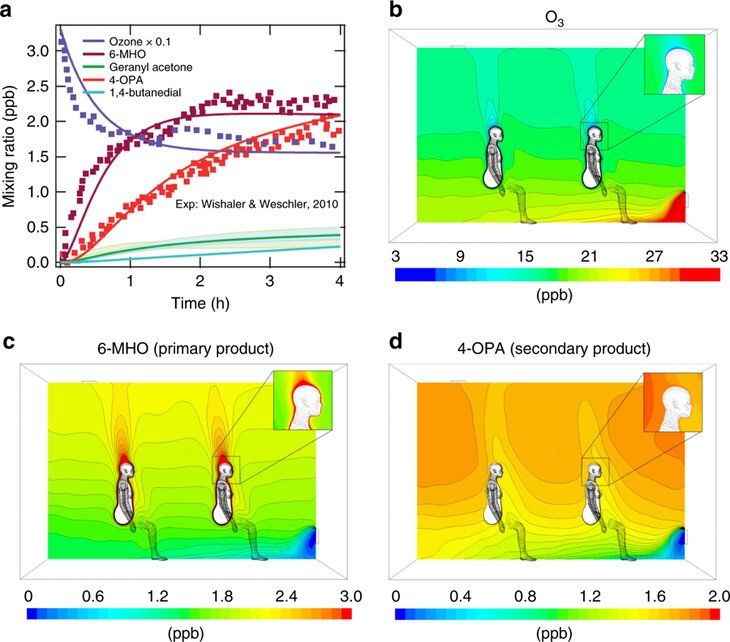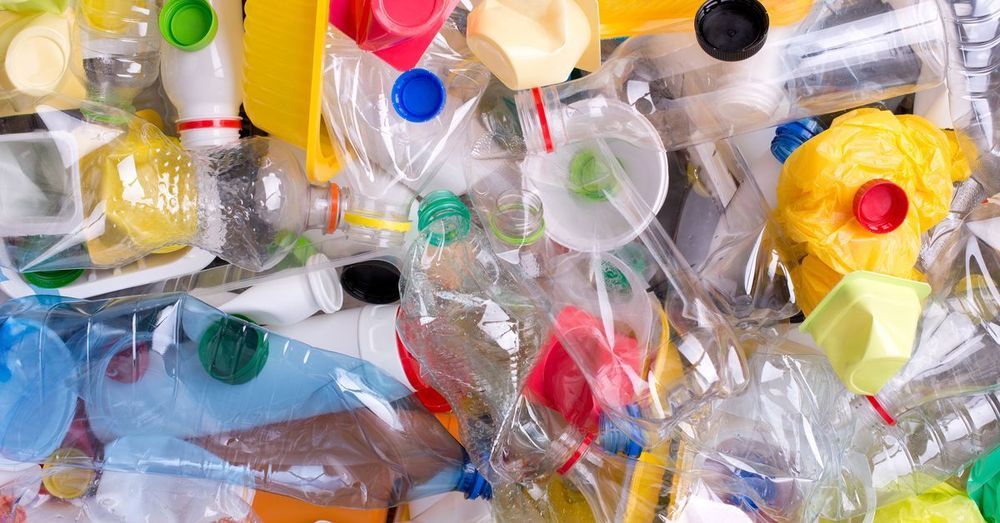Page 8606
Jun 27, 2019
32,000-Year-Old Plant Brought Back to Life—Oldest Yet
Posted by Quinn Sena in categories: climatology, finance
The oldest plant ever to be regenerated has been grown from 32,000-year-old seeds—beating the previous recordholder by some 30,000 years. (Related: “‘Methuselah’ Tree Grew From 2,000-Year-Old Seed.”)
A Russian team discovered a seed cache of Silene stenophylla, a flowering plant native to Siberia, that had been buried by an Ice Age squirrel near the banks of the Kolyma River (map). Radiocarbon dating confirmed that the seeds were 32,000 years old.
The mature and immature seeds, which had been entirely encased in ice, were unearthed from 124 feet (38 meters) below the permafrost, surrounded by layers that included mammoth, bison, and woolly rhinoceros bones.
Jun 27, 2019
75-million-year Old Ocean Microbes Live Forever on Almost Zero Energy
Posted by Quinn Sena in categories: biological, food, life extension
There is so little food in the mud at the bottom of the Pacific Ocean that individual microbes living there use just 0.00000000001 joules of energy each year.
Jun 27, 2019
250-Million-Year-Old Bacteria Revived in Lab / Spores were found deep in rock salt formation
Posted by Quinn Sena in categories: biological, space
Scientists drilling into a New Mexico rock formation deep underground have brought to life four unknown strains of bacteria that have lain entombed in salt crystals for 250 million years.
The bacteria, like many of their kind, form into long-lasting protective spores. The scientists were able to revive the spores until the microbes reproduced.
The report, by a team of biologists and geologists, has already fueled speculation that spores of living organisms might somehow be transported from planet to planet, across the galaxy and over eons. It is a concept known as “panspermia,” which some see as a possible source for life arising on Earth.
By Scott Mechura EBS Food Columnist
It isn’t a fruit or vegetable, it isn’t a fiber, and it certainly isn’t a protein. Then what is a mushroom?
Other than the mouthwatering anticipation with which chefs and foragers harvest morels or golden chanterelles from the Gallatin Valley each year, or prized truffles from France or Italy, most of us don’t often give the mushroom the same attention as local beef, trout, or fresh produce.
Jun 27, 2019
NASA Identifies What Kind of Fungi Could Grow in a Mars Habitat
Posted by Quinn Sena in categories: biological, habitats, space travel
Wherever there are people, the party is sure to follow. Well, a party of microbes, at least. That is what scientists at NASA’s Jet Propulsion Laboratory have found after a 30-day microbial observation of the inflatable lunar/Mars analog habitat (IMAH).
What is an “analog habitat?” For NASA, analogs are experiments and processes that are developed and tested on the ground in the confines of special laboratories on Earth. Because of the danger, distance, and expense of space flight, it makes good sense to test out conditions that space travelers will face — before they ever launch.
For NASA, there are five different space stresses evaluated in analog missions. These stresses are the subject of analog missions that often make use of a carefully designed habitat to replicate space conditions. These five challenges are:
What are chaga mushrooms and what are their potential health benefits? How are chaga mushrooms used and what are the possible risks?
Jun 27, 2019
Pig-Pen effect: Mixing skin oil and ozone can produce a personal pollution cloud
Posted by Quinn Sena in categories: biotech/medical, computing, engineering
When ozone and skin oils meet, the resulting reaction may help remove ozone from an indoor environment, but it can also produce a personal cloud of pollutants that affects indoor air quality, according to a team of researchers.
In a computer model of indoor environments, the researchers show that a range of volatile and semi-volatile gases and substances are produced when ozone, a form of oxygen that can be toxic, reacts with skin oils carried by soiled clothes, a reaction that some researchers have likened to the less-than-tidy Peanuts comic strip character.
“When the ozone is depleted through human skin, we become the generator of the primary products, which can cause sensory irritations,” said Donghyun Rim, assistant professor of architectural engineering and an Institute for CyberScience associate, Penn State. “Some people call this higher concentration of pollutants around the human body the personal cloud, or we call it the ”Pig-Pen Effect.””.
Jun 27, 2019
Scientists stumbled upon a plastic-eating bacterium—then accidentally made it stronger
Posted by Quinn Sena in categories: food, materials
We’re slowly suffocating a lot of natural ecologies with our trash. Fish, birds, and other animals all unwittingly consume the five trillion tons of plastic (and counting) strewn about the ocean, and doing so can kill them.
Society has long misunderstood these spineless swimmers. Now they could unlock the keys to regeneration.


















